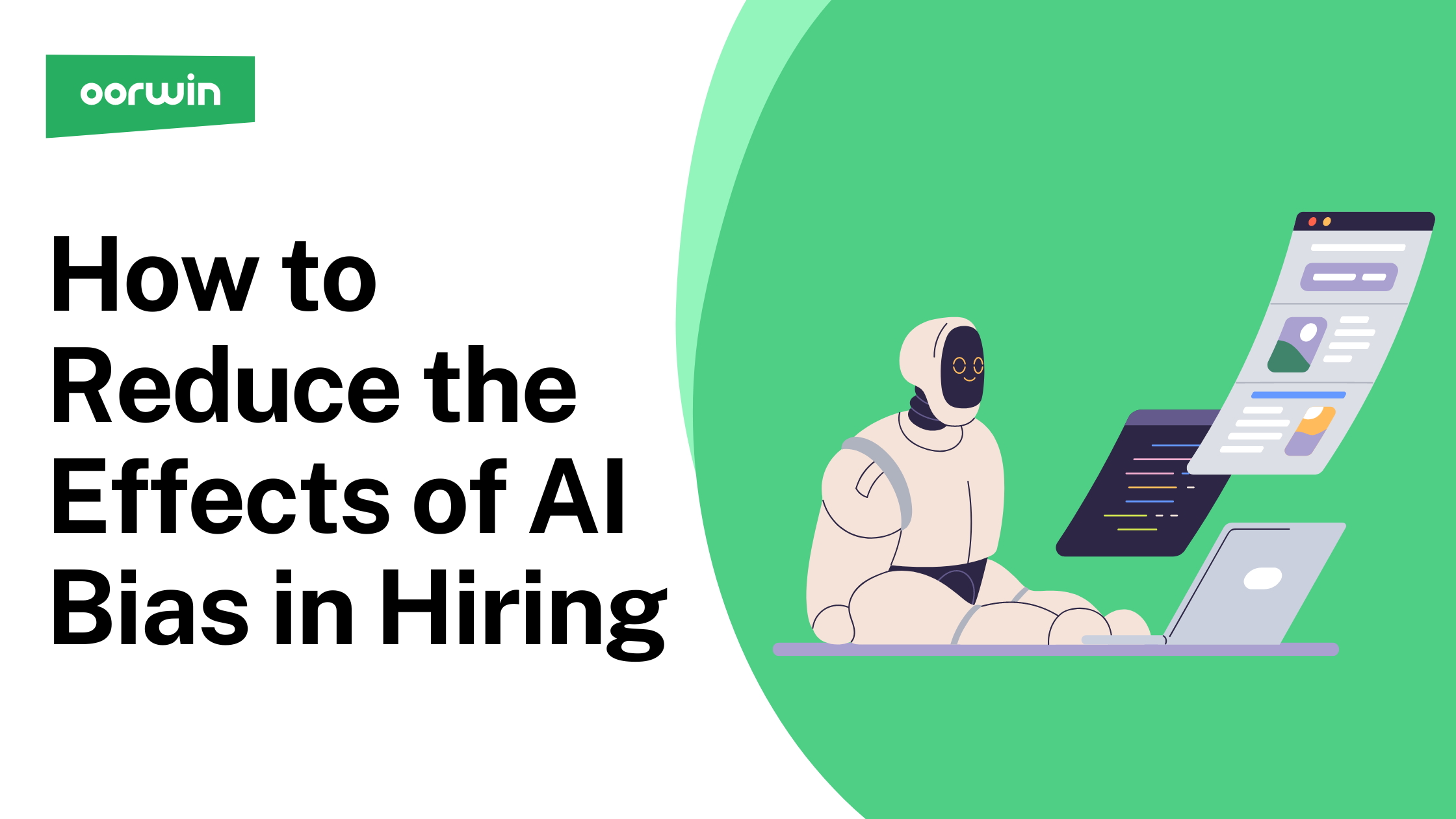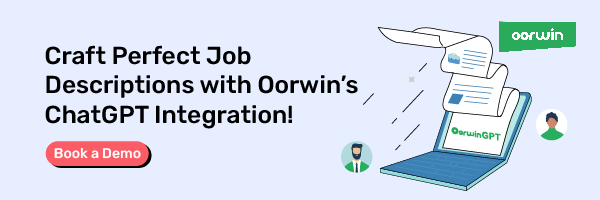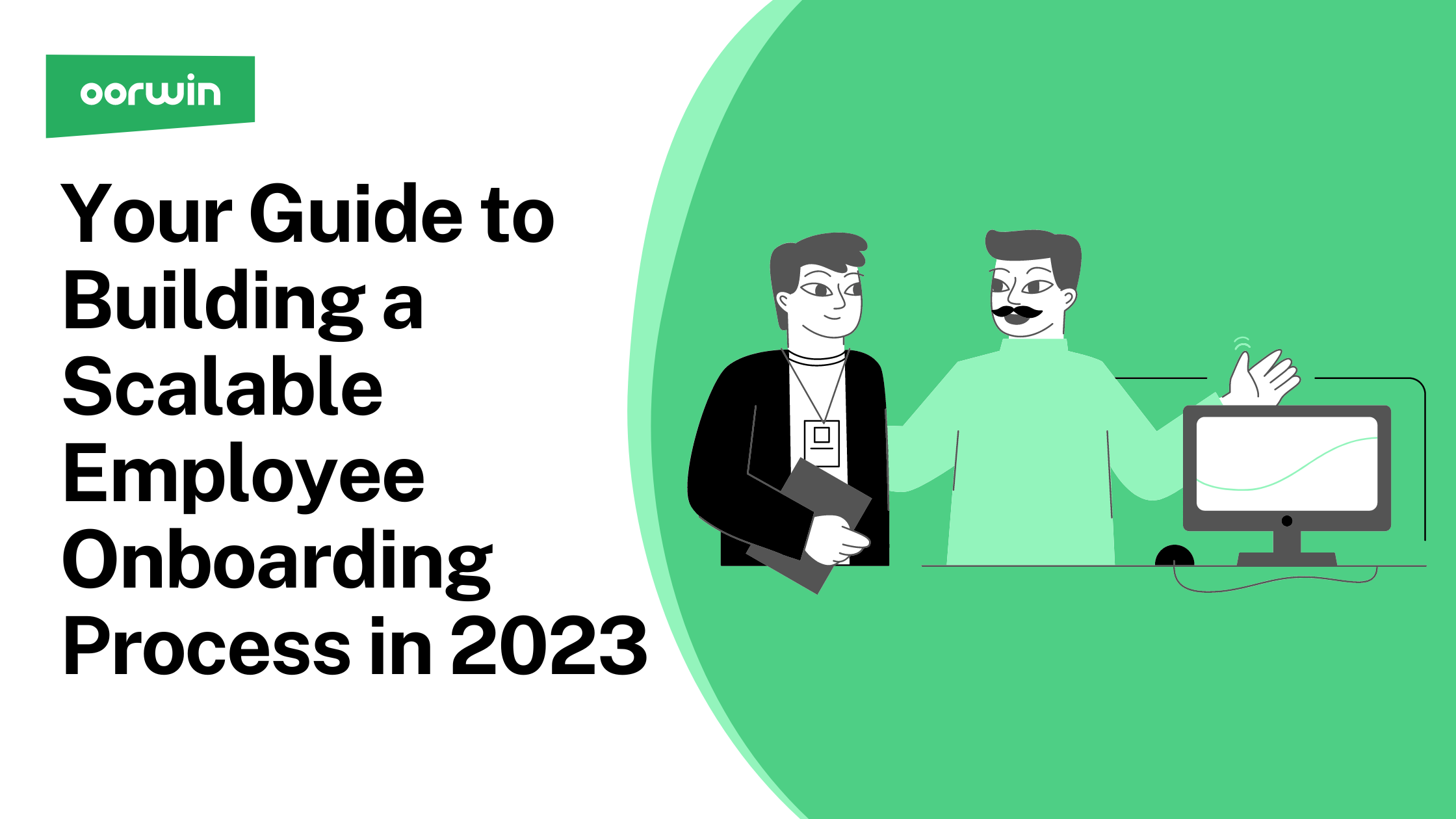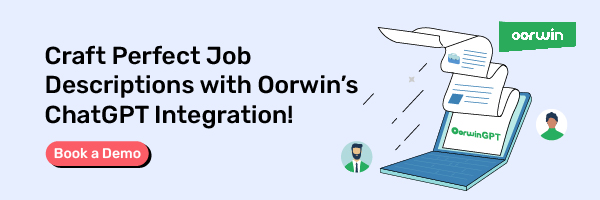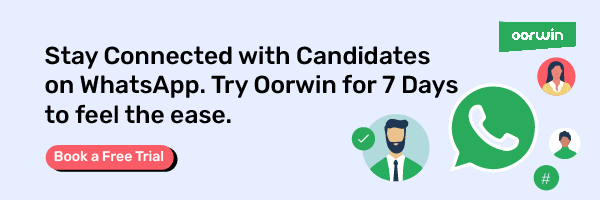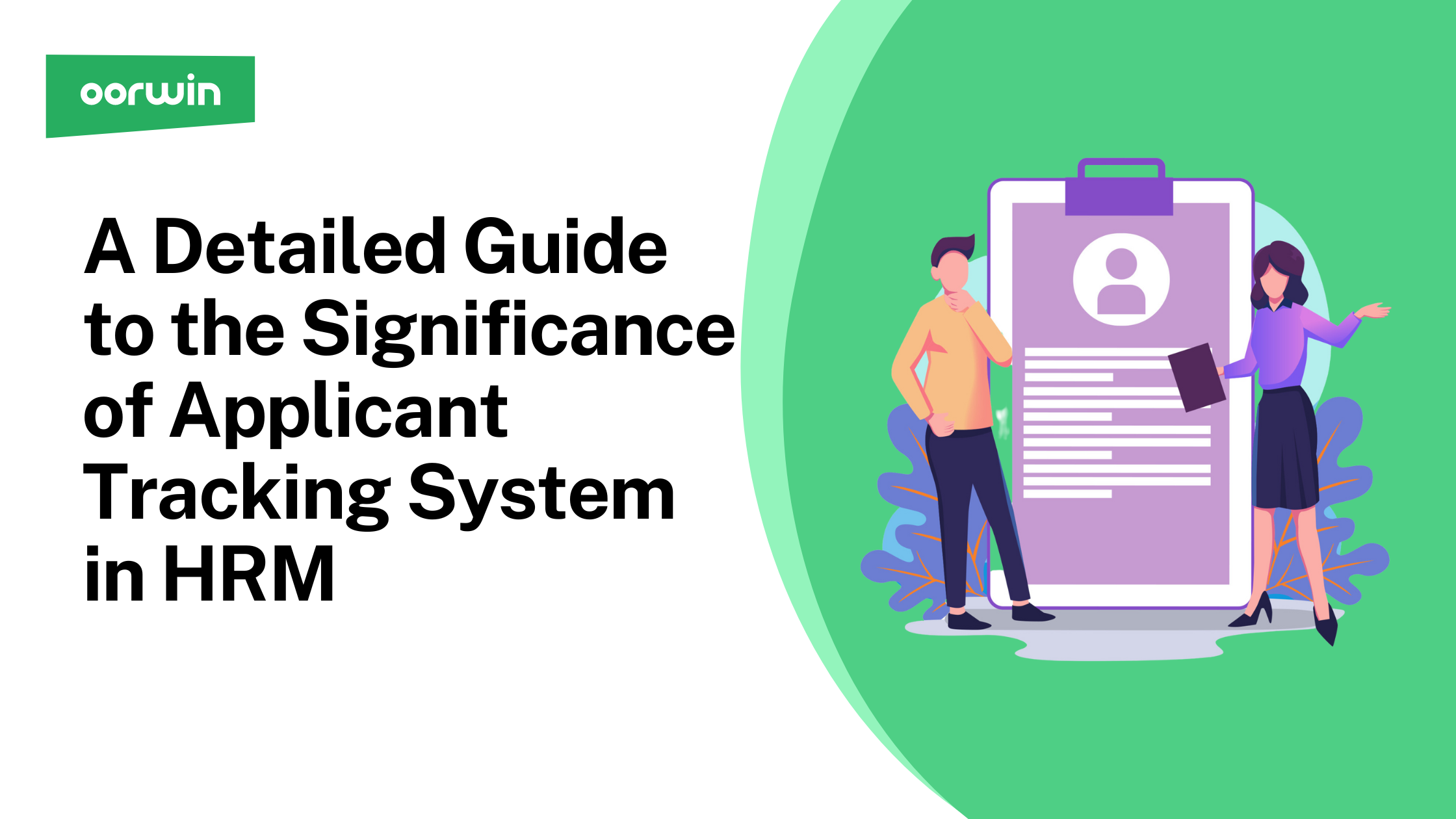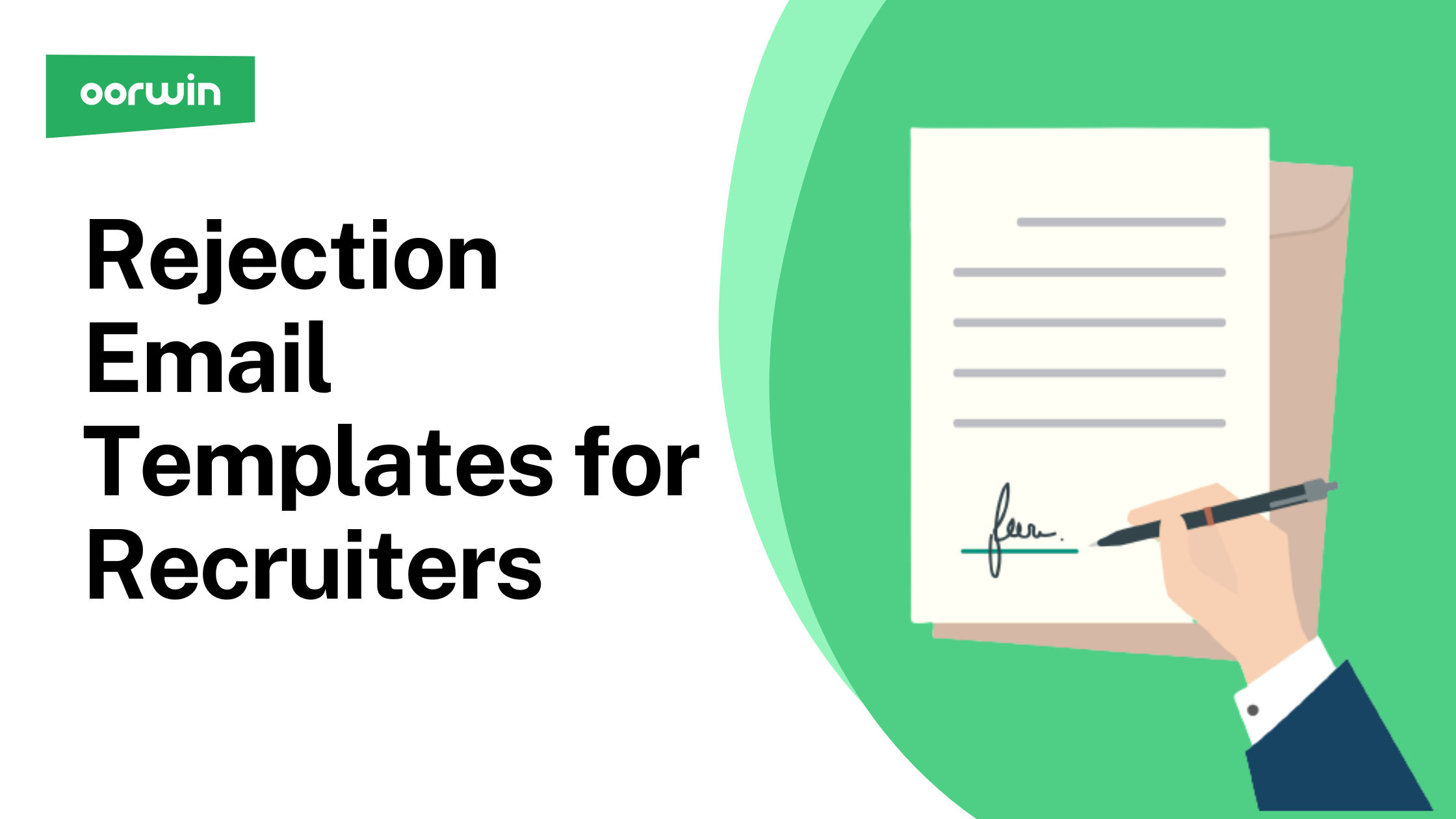Understanding AI Bias in Hiring
AI bias stems from skewed training data and unconscious bias. When AI systems are fed data that reflects existing societal biases, they are likely to replicate these prejudices in their decisions. For example, an AI system trained with data reflecting that most software engineers are men may unfairly favor male candidates for an engineering role. Similarly, if the AI is trained with data that favors younger candidates, it may manifest age bias in recruiting.
Strategies for Reducing AI Bias in Hiring
Addressing AI bias in hiring is essential to ensuring fairness and diversity in the workplace. Here are some key strategies organizations can adopt to mitigate the effects of AI bias and promote more equitable recruitment practices.
Improving Diversity in AI Training Data
The first step in tackling AI bias is addressing the source – the training data. Diverse training data representing a broad spectrum of candidates can help reduce bias in the system. Ensuring the data reflects different ages, genders, ethnicities, and experiences will create a more balanced model.
Regular Review and Auditing of AI Algorithms
Regular audits can help detect and address biases. By routinely testing and reviewing AI algorithms, companies can understand their workings better and identify any tendencies toward discrimination. This step necessitates the involvement of skilled data scientists and AI ethicists who can properly interpret the results and adjust the algorithms accordingly.
Utilization of Blind Hiring Techniques
Blind hiring is a method that eliminates identifying information about a candidate that could influence the hiring decision. Integrating blind hiring techniques in AI tools, such as anonymizing resumes before they’re analyzed by the AI system, can reduce the possibility of bias.
Inclusion of Diverse Talent in AI Development
Including diverse talent in the development of AI systems can be highly beneficial. When people with different backgrounds, perspectives, and experiences contribute to AI system design, they bring unique insights that can help minimize bias and enhance the system’s performance.
Educating AI Developers on Unconscious Bias
AI developers should receive comprehensive training on unconscious bias and its potential impact on AI systems. This education should include understanding the different types of biases, such as gender, racial, and age biases, and how they can subtly infiltrate data and algorithms. In turn, this knowledge allows developers to critically evaluate their work through the lens of equity and fairness.
Workshops, seminars, and ongoing training programs can be instrumental in equipping developers with the necessary tools to recognize and address unconscious bias. This education can create a culture of awareness and responsibility among the AI development team, prompting them to consciously work towards minimizing bias during all stages of AI system development.
Ensuring Transparency in AI Decision-Making
AI systems often work as ‘black boxes,’ where the decision-making process remains opaque. Increasing transparency involves designing AI algorithms that can provide explanations for their decisions in understandable terms. This helps ensure that each step of the hiring process, from resume screening to final candidate selection, can be scrutinized and evaluated for bias.
Transparency in AI systems can be achieved through techniques like ‘explainable AI’ (XAI). XAI tools provide insights into how and why a particular decision was made, shedding light on the underlying logic of the system. This helps identify discriminatory practices, enabling companies to take corrective measures promptly.
Fostering Continuous Improvement Through Feedback and Adaptation
AI systems should not remain static but continuously learn and adapt over time. They must be designed to incorporate feedback, which can be collected from multiple sources, including hiring managers, candidates, and external auditors. The feedback should refine the AI algorithms, making them more fair and equitable.
This approach of feedback and adaptation ensures that the AI system evolves in a way that aligns with the company’s commitment to unbiased hiring practices. Regular updates to the system, based on feedback, can help in identifying and mitigating any unintended bias that may arise over time.
Incorporating External Oversight and Accountability
Inviting third-party auditors to review and scrutinize AI systems can provide an additional layer of accountability. These external auditors should have a deep understanding of AI, machine learning, and ethical standards. Their independent and objective assessments can provide valuable insights into potential biases in the system that the internal team may have overlooked.
Moreover, incorporating external oversight also signals to employees, job applicants, and the public that the organization takes the issue of AI bias seriously and is committed to achieving and maintaining fair hiring practices.
Leveraging AI to Counteract Human Bias
Despite the risk of bias, AI also presents an opportunity to counteract human bias in hiring. When properly designed and used, AI systems can objectively analyze candidates based on the defined criteria, free from personal biases and prejudices. For instance, AI can be programmed to ignore information related to a candidate’s gender, age, race, or other potentially discriminatory factors.
Moreover, AI systems can be trained to flag potential bias in job descriptions, interview questions, or performance reviews, thereby playing a proactive role in reducing human bias in the hiring process.
Prioritizing Human Involvement in Final Hiring Decisions
Even as we leverage the power of AI in hiring, it’s critical to maintain a strong human element in the decision-making process. AI can help narrow the candidate pool based on certain criteria, but the final hiring decision should ideally involve human judgment. This is because humans can provide context, empathy, and subtlety in judgment, elements that AI systems cannot replicate.
Moreover, human recruiters can consider candidates’ soft skills, cultural fit, and other non-quantifiable factors, offering a more holistic view of the candidate. Therefore, striking a balance between AI and human involvement in hiring decisions can help mitigate bias while maintaining the efficiency and speed of the hiring process.
Frequently Asked Questions
How can diverse training data help in reducing AI bias in hiring?
Diverse training data can reduce AI bias by providing a broader perspective and ensuring the AI system doesn’t favor any specific group.
Can AI itself be used to counteract human bias in hiring? How?
Yes, AI can be used to counteract human bias by providing objective analysis based on defined criteria, thereby minimizing the influence of personal biases.
Why is it important to maintain human involvement in final hiring decisions even when using AI?
Human involvement is important because it brings empathy, subtlety, and context to the decision-making process. While AI can help streamline the hiring process, it cannot replicate human intuition and judgment.
